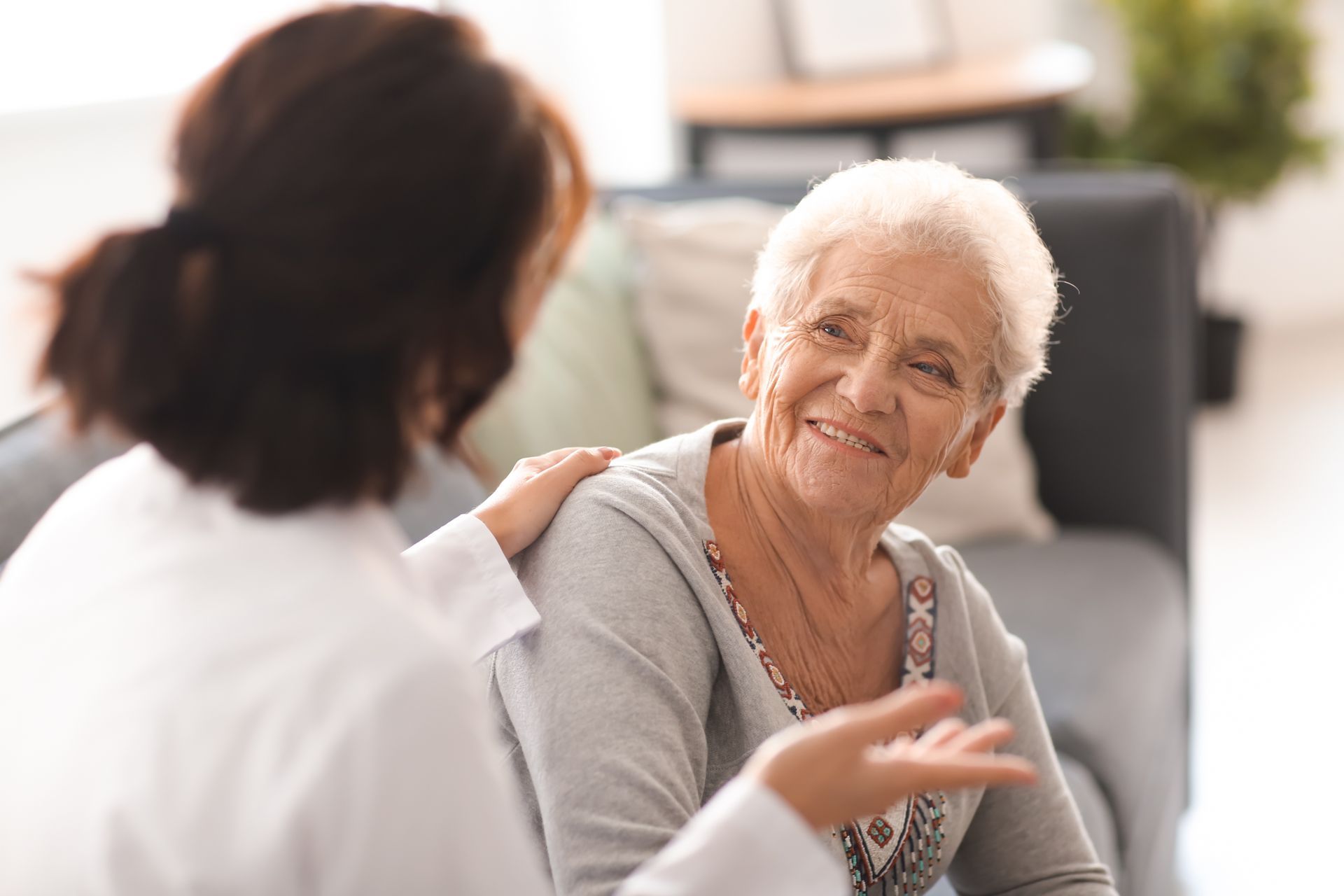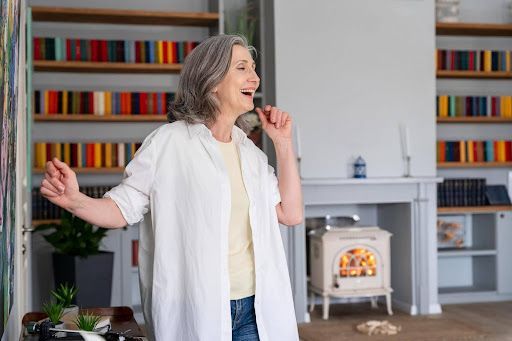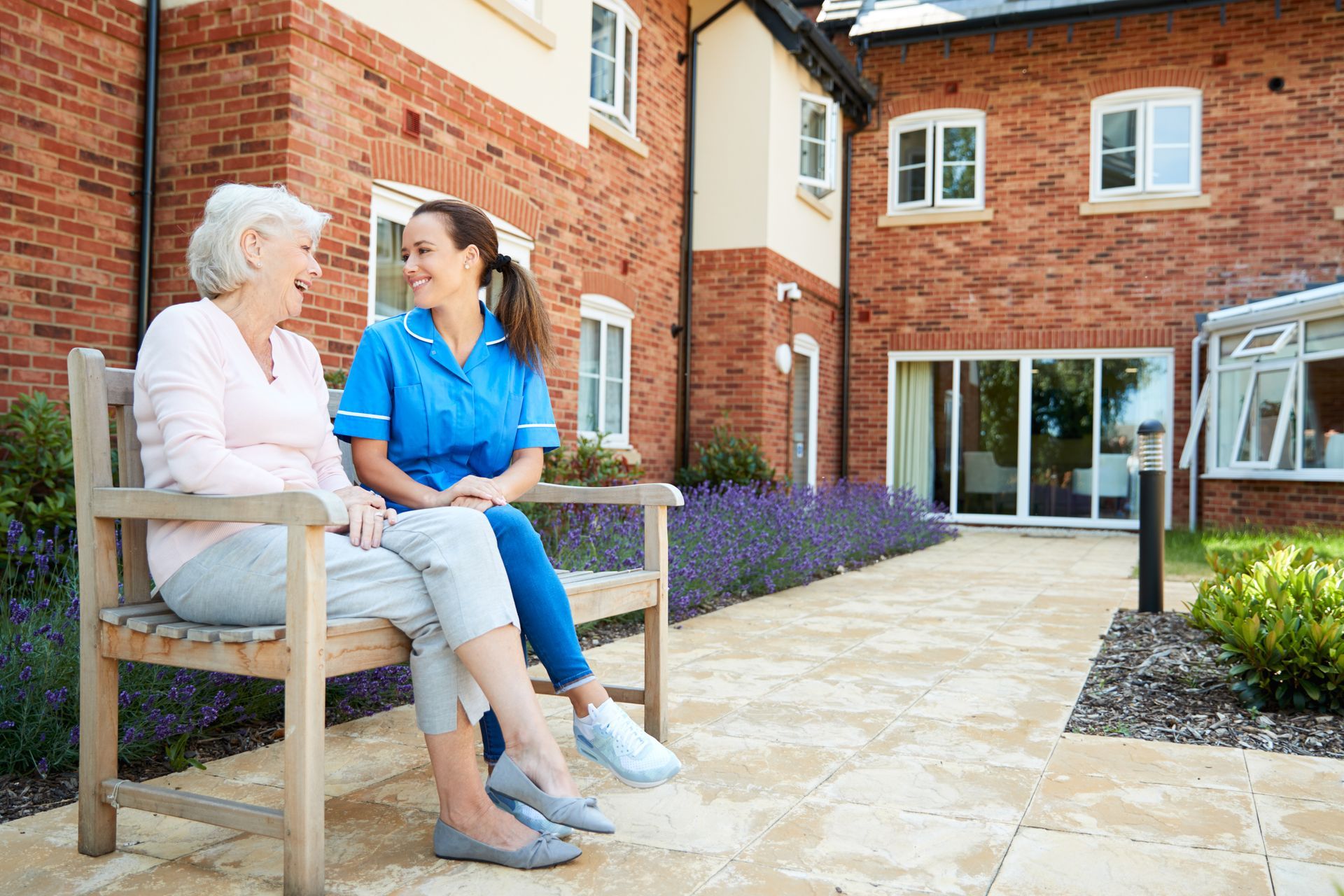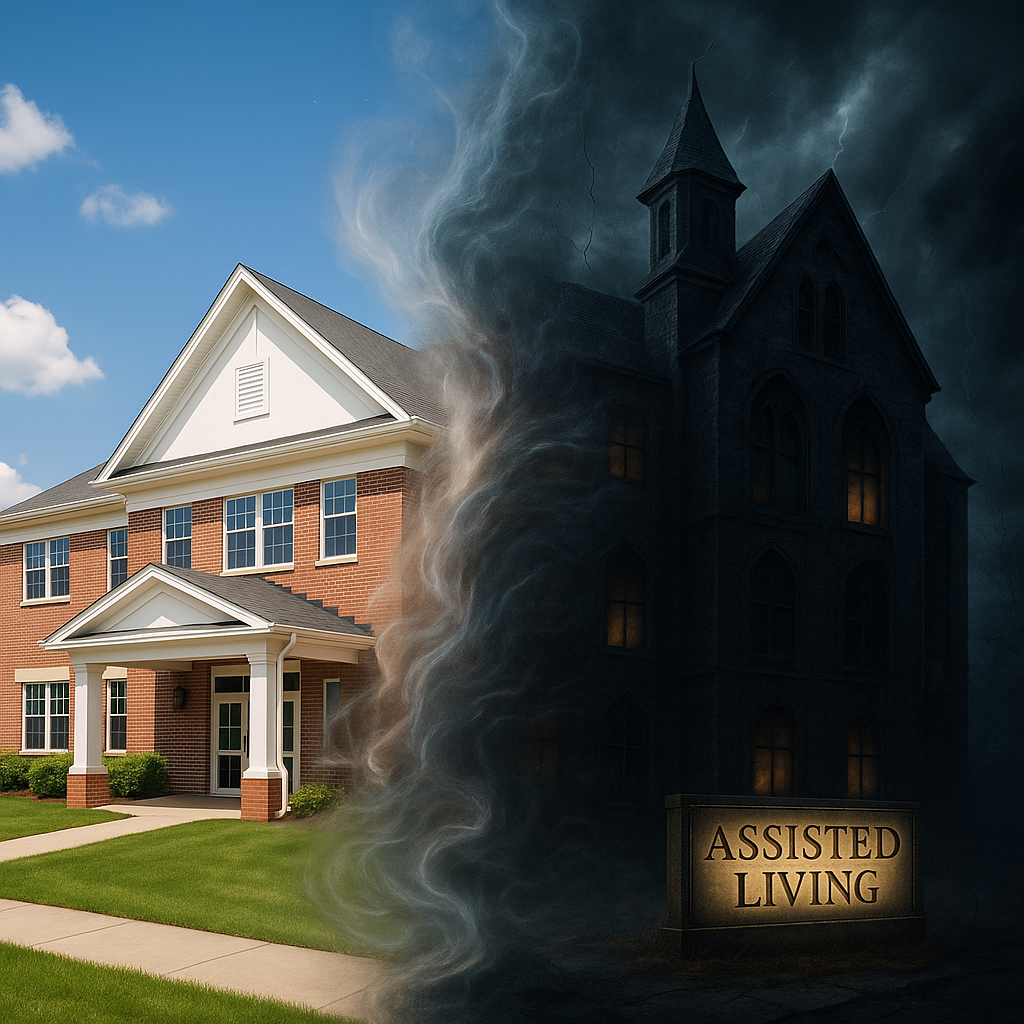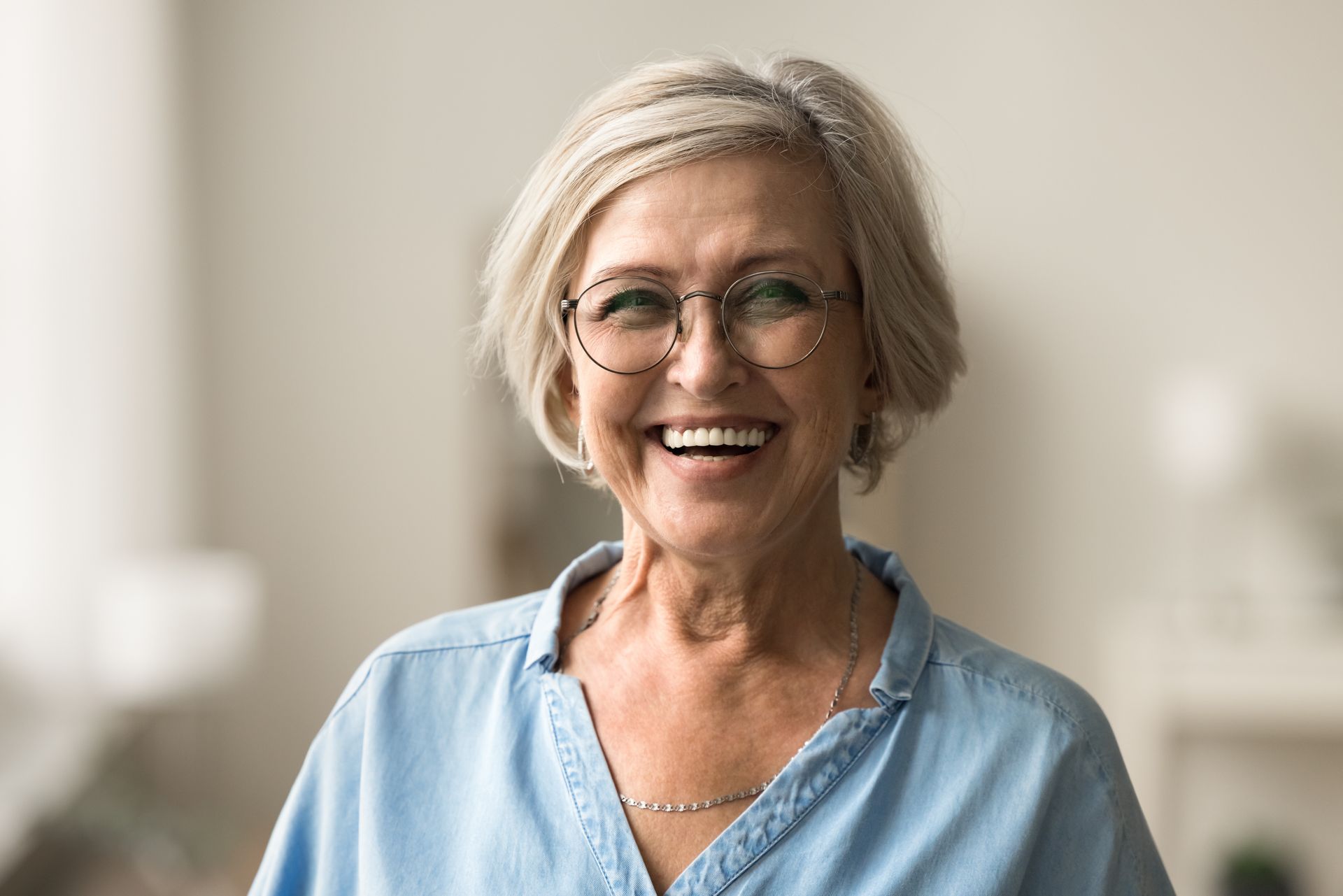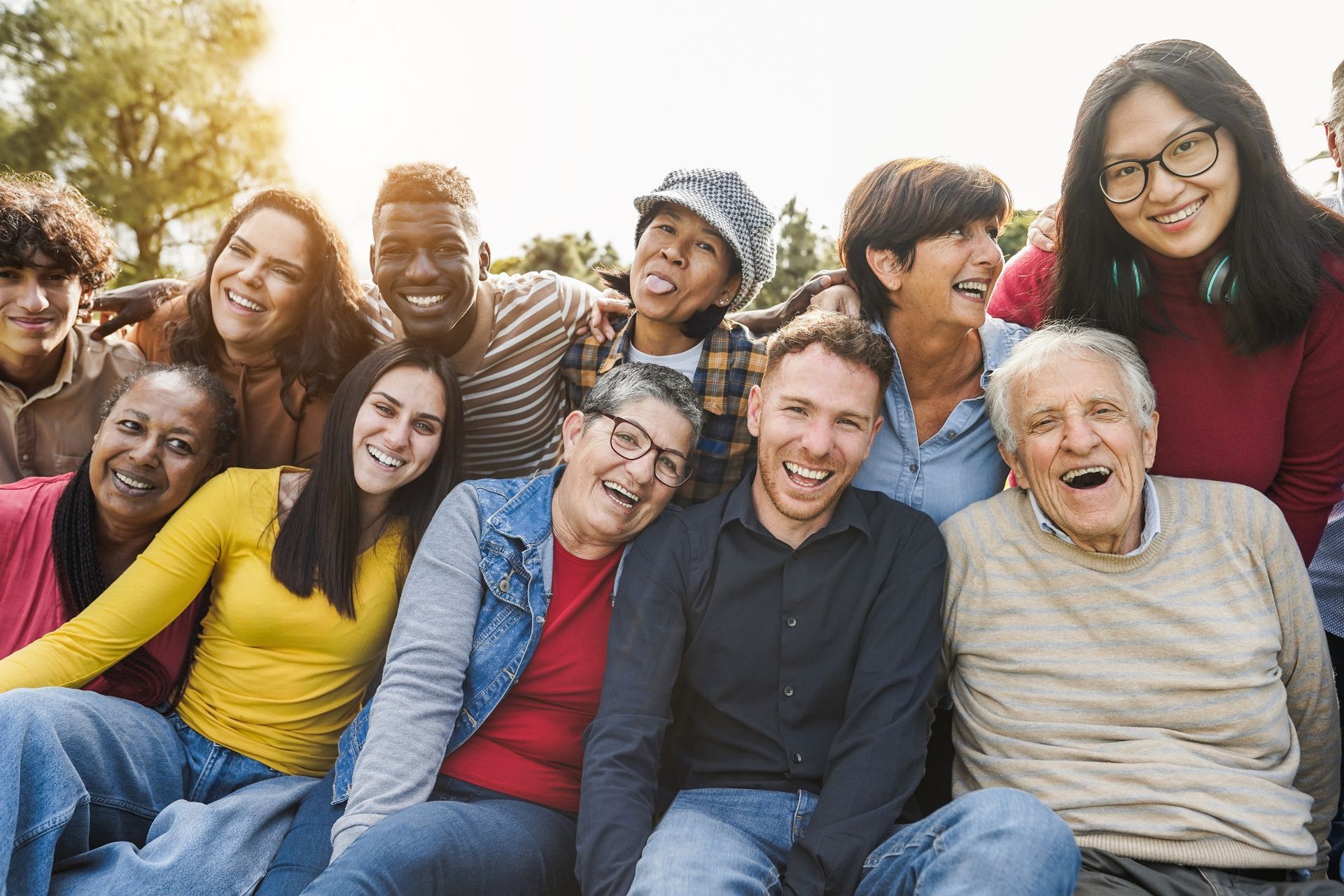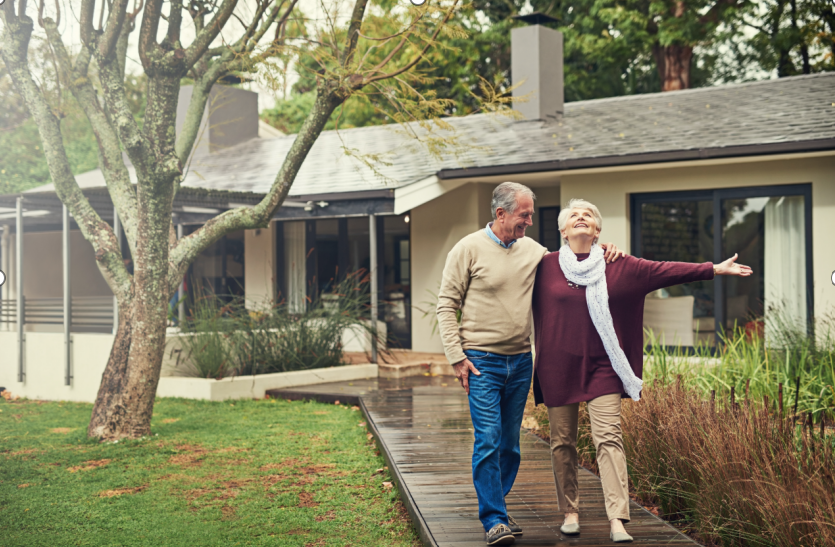BLOG
Summer Safety for Seniors: Preventing Heatstroke and Other Health Risks
Summer brings warmth and opportunities for outdoor activities, but it also poses specific health risks for seniors. Due to physiological changes and chronic health conditions, older adults are more susceptible to heat-related illnesses, such as heat stroke. Understanding and implementing summer safety measures is crucial to ensure their well-being during the hotter months. Assisted living communities are pivotal in safeguarding seniors by providing tailored care and preventive strategies. Let’s look into the essential aspects of summer safety for seniors, focusing on preventing heatstroke and other health risks.
Recognizing the Signs and Symptoms of Heat-Related Illnesses
Heat-related illnesses range from mild conditions like heat cramps to severe ones like heatstroke. Early recognition of symptoms is vital for prompt intervention. Common signs include heavy sweating, muscle cramps, fatigue, dizziness, and nausea. In severe cases, symptoms escalate to confusion, rapid pulse, and loss of consciousness.
Heatstroke is a medical emergency characterized by a body temperature exceeding 104°F (40°C). According to the CDC, approximately 618 heat-related deaths occur annually in the United States. Seniors are particularly vulnerable due to factors like poor circulation and inefficient sweat glands. Recognizing these signs early can prevent fatal outcomes.
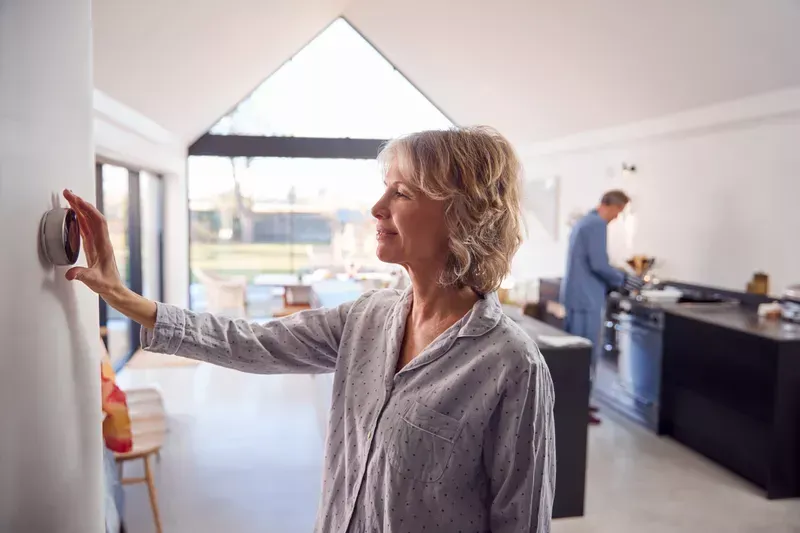
Assisted living staff are trained to monitor residents for these symptoms, especially during heat waves. Regular checks ensure that any distress is identified in a timely manner. Assisted living environments also educate residents about promptly reporting discomfort.
Families visiting loved ones should also be aware of these signs. Collaborative vigilance between staff and families enhances safety, and open communication channels allow for swift action when necessary. Education sessions can equip families with the knowledge to identify early symptoms.
Implementing Preventive Measures in Assisted Living Communities
Preventive strategies are crucial in mitigating heat-related risks. Assisted living communities adopt comprehensive measures to protect residents. A primary focus is ensuring adequate hydration. Residents are encouraged to drink fluids regularly, even if they don't feel thirsty.
Facilities provide water stations and offer electrolyte-rich beverages. Staff monitor residents' fluid intake to ensure adequacy. For those with specific needs, personalized hydration plans may be implemented.
Appropriate clothing is recommended to facilitate heat dissipation. Lightweight, loose-fitting, and light-colored attire helps in keeping the body cool. Wide-brimmed hats provide additional protection during outdoor excursions. Staff assist residents in selecting suitable clothing options.
Regular health assessments also help identify individuals at higher risk. Chronic conditions like heart disease and medications affecting hydration are also considered, together with customized care plans that address these risks.
The Role of Nutrition in Summer Safety
Nutrition plays a significant role in maintaining health during the summer. Assisted living communities emphasize diets that support hydration and energy needs. Incorporating water-rich fruits and vegetables, such as cucumbers, watermelons, and strawberries, aids in fluid balance.
Meals are planned to be light yet nutritious, avoiding heavy, hot foods that can increase body heat. Cold salads, lean proteins, and smoothies are popular choices. Balanced meals contribute to overall well-being.
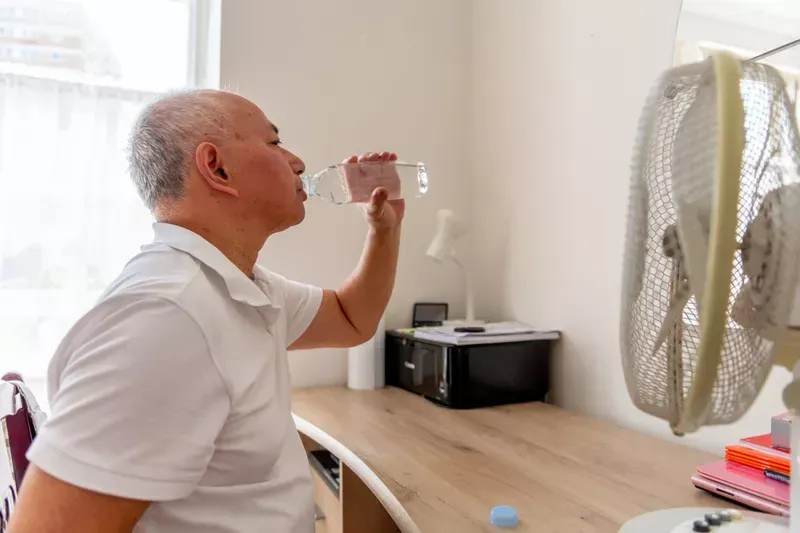
Salt intake should be monitored to maintain electrolyte balance, especially for those on diuretics. However, excessive salt can lead to dehydration. Dietitians work closely with medical staff to tailor diets appropriately.
Residents must eat small, frequent meals to prevent digestion from overheating. Snacks like yogurt, fruit cups, and vegetable sticks are readily available. These options provide necessary nutrients without overloading the digestive system. Proper meal timing also aids in energy management.
Education sessions on summer nutrition also become a must for residents and staff. Understanding the importance of diet in heat management empowers individuals. Cooking classes featuring summer-friendly recipes engage residents. This interactive approach promotes adherence to dietary recommendations.
Encouraging Safe Physical Activity During Summer
Physical activity is essential for maintaining mobility and health in seniors. However, during summer, it's crucial to adapt exercise routines to prevent heat-related issues. Assisted living communities offer structured programs that consider weather conditions. Indoor activities become more prominent during hot periods.
Air-conditioned spaces are utilized for group exercises like yoga and tai chi. These low-impact activities promote flexibility and balance. According to the National Institute on Aging, regular physical activity enhances the quality of life. Adjusting the environment ensures safety while reaping these benefits.
Timing is critical for outdoor activities. Sessions start in the early mornings or late evenings when temperatures are cooler. Residents get additional instructions to wear appropriate attire and apply sunscreen. Staff supervision ensures adherence to safety protocols.
Assisted living environments also encourage hydration before, during, and after physical activities. Staff members monitor exertion levels and encourage breaks when necessary. Seniors are also advised to listen to their bodies and avoid overexertion.
Alternative exercises, such as chair aerobics and resistance band workouts, keep seniors engaged indoors. These activities maintain strength and mobility without exposure to excessive heat. Socially engaging activities like dance classes or group stretching sessions also promote wellness. Assisted living staff ensure that all exercise programs align with individual capabilities.
Creating a Cool and Safe Living Environment
A comfortable indoor environment is crucial for summer safety. Assisted living communities regulate indoor temperatures to prevent overheating, and air conditioning systems are regularly maintained to ensure efficient cooling.
Shaded outdoor areas provide safe spaces for residents to enjoy fresh air. Courtyards with covered seating allow seniors to spend time outdoors without direct sun exposure. Misting fans and cool compresses are available for additional relief. Staff closely monitor outdoor conditions before allowing residents to go outside.
Sun protection measures further enhance safety. Windows receive UV-blocking shades or curtains to reduce indoor heat. Seniors are encouraged to wear sunscreen even when indoors to protect against incidental sun exposure. Wearing sunglasses with UV protection safeguards eye health.
Hydration stations are placed throughout the community for easy access to fluids. Since seniors may forget to drink water, visual reminders are common in various areas. Cold fruit-infused water and herbal teas also encourage hydration. Staff regularly check on residents to ensure they are drinking enough fluids.
Emergency preparedness is a priority during extreme heat events. Assisted living communities have protocols for heat advisories. Staff receive training on identifying and managing heat-related emergencies, and family members are kept informed of any safety measures implemented.
Prioritize Summer Safety for Seniors
Summer can be enjoyable for seniors with the right precautions. Assisted living communities are vital in ensuring their well-being during hot weather. Seniors can stay protected by focusing on hydration, nutrition, activity, and environmental safety. Families should remain engaged and informed about best practices for summer safety.
At Assured Senior Living, we prioritize the health and comfort of our residents year-round. Our personalized care plans include comprehensive summer safety measures. Contact us today to learn how we create a safe and enjoyable environment for seniors.

